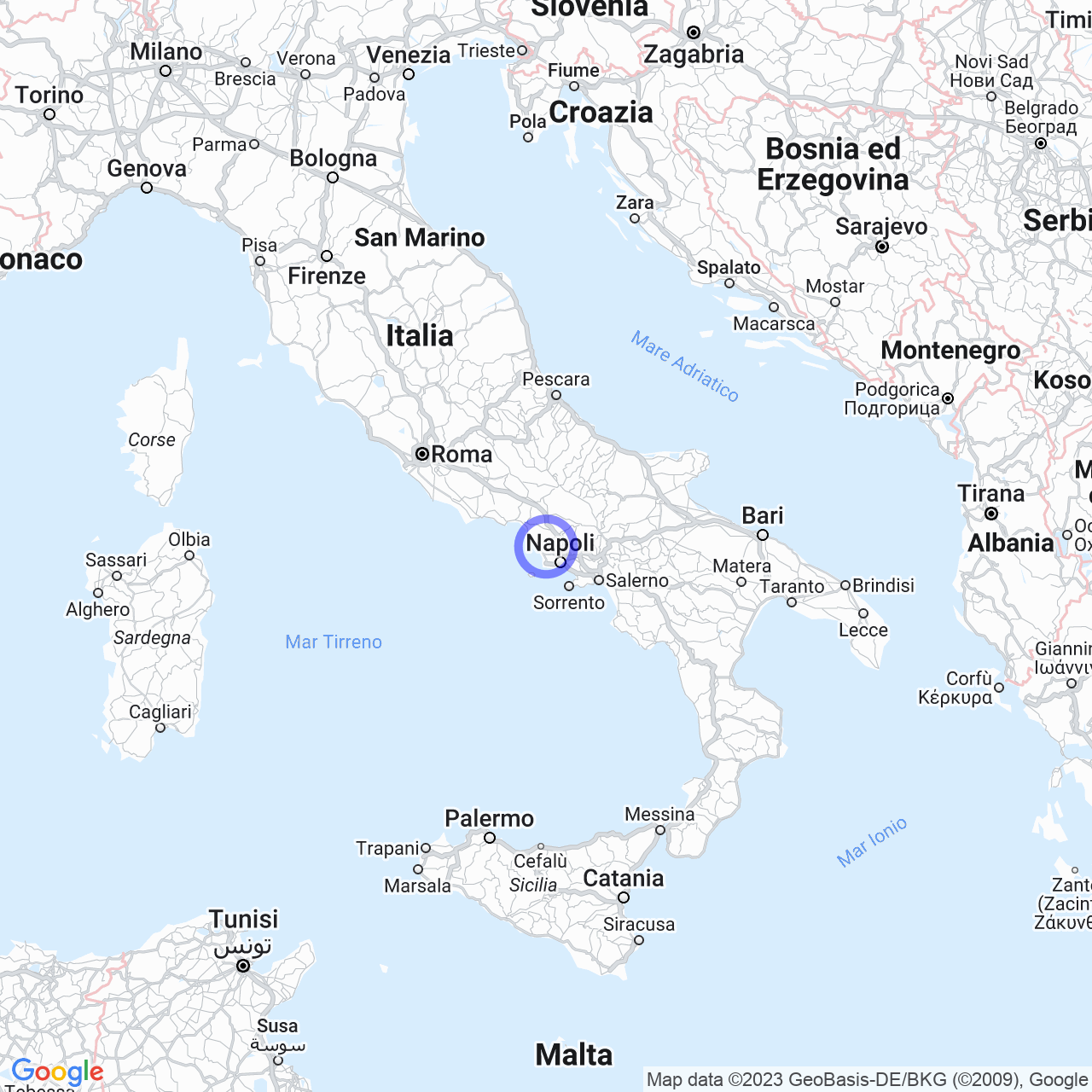Villa Literno
A brief introduction to Villa Literno
Hi everyone! Today I want to talk about Villa Literno, a municipality in Campania located in the province of Caserta and part of the Aversa countryside. Its population is about 12,000 inhabitants. But let's discover more about this location through its geography, its history, and its development.
The physical geography of Villa Literno
Villa Literno is located in the Campania plain, a vast area of flat land that extends from the Tyrrhenian Sea to the Appennine mountain range. This geographic conformation makes Villa Literno easily accessible and well-positioned for the cultivation of agricultural land.

The history of Villa Literno
Roman times
In Roman times, Villa Literno was known as Vicus Feniculensis, referring to the first cultivation of the area dedicated to the production of hay. The road "via Feniculense" perpetuates its name in memory.
Middle Ages and modern age
During the Norman conquest of southern Italy, Villa Literno was divided into small fiefs by the dioceses of Capua and Aversa. Among these fiefs, there was "San Sossio del Pantano," a suburban area of the municipality today, and "Vico di Pantano," whose name referred to the marshy area surrounding the village. During the Swabian period, the territory was owned by the De Apolita family. After 1268, with the Angevin domination, King Charles I of Anjou promoted the construction of the castle as a hunting reserve.
At the beginning of the fourteenth century, Vico di Pantano was owned by Michele de Cantono, from Messina, owner of the castle of Pantano. Vico di Pantano included the churches of San Tammaro, Santa Maria di Villa Vici, Santa Maria da Savilone, San Pietro, San Marco, and Santa Maria del Pantano. Vico di Pantano passed to the Carafa family by way of dowry. In 1528, Vico di Pantano returned to the Royal Court and was sold to Alfonso III d'Avalos. Over time, the territory was subject to reclamation, which continued to this day, by the Consortium for the Reclamation of the Lower Volturno Basin.
Contemporary age
With the territorial redistribution of the Kingdom of Naples in 1806, Vico di Pantano was administratively included in the province of Terra di Lavoro. In 1927, at the behest of the Mussolini government, the province of Terra di Lavoro was abolished and its municipalities allocated among the adjacent provinces. Vico di Pantano was added to the province of Naples, and at the same time, the town took on the name of Villa Literno. The name refers to the archaeological site of Liternum located on the shores of Lake Patria in the homonymous fraction of the city of Giugliano in Campania. In 1945, after the end of World War II, Villa Literno became part of the newly established province of Caserta.
Agriculture in Villa Literno
After World War II, the vast reclaimed areas of the Volturno countryside made Villa Literno one of the main centers of a flourishing intensive agriculture, especially for tomato production. Today, Villa Literno is a location that mainly lives on agriculture, and in particular, the production of typical products such as tomatoes and olive oil.
Conclusions
Villa Literno is a location rich in history and culture, located in a privileged geographic position for agriculture. Its ancient and modern history make it an interesting place to visit, where you can discover the past and appreciate the beauty of the present. If you have the opportunity to visit Campania, Villa Literno is definitely worth a visit!
